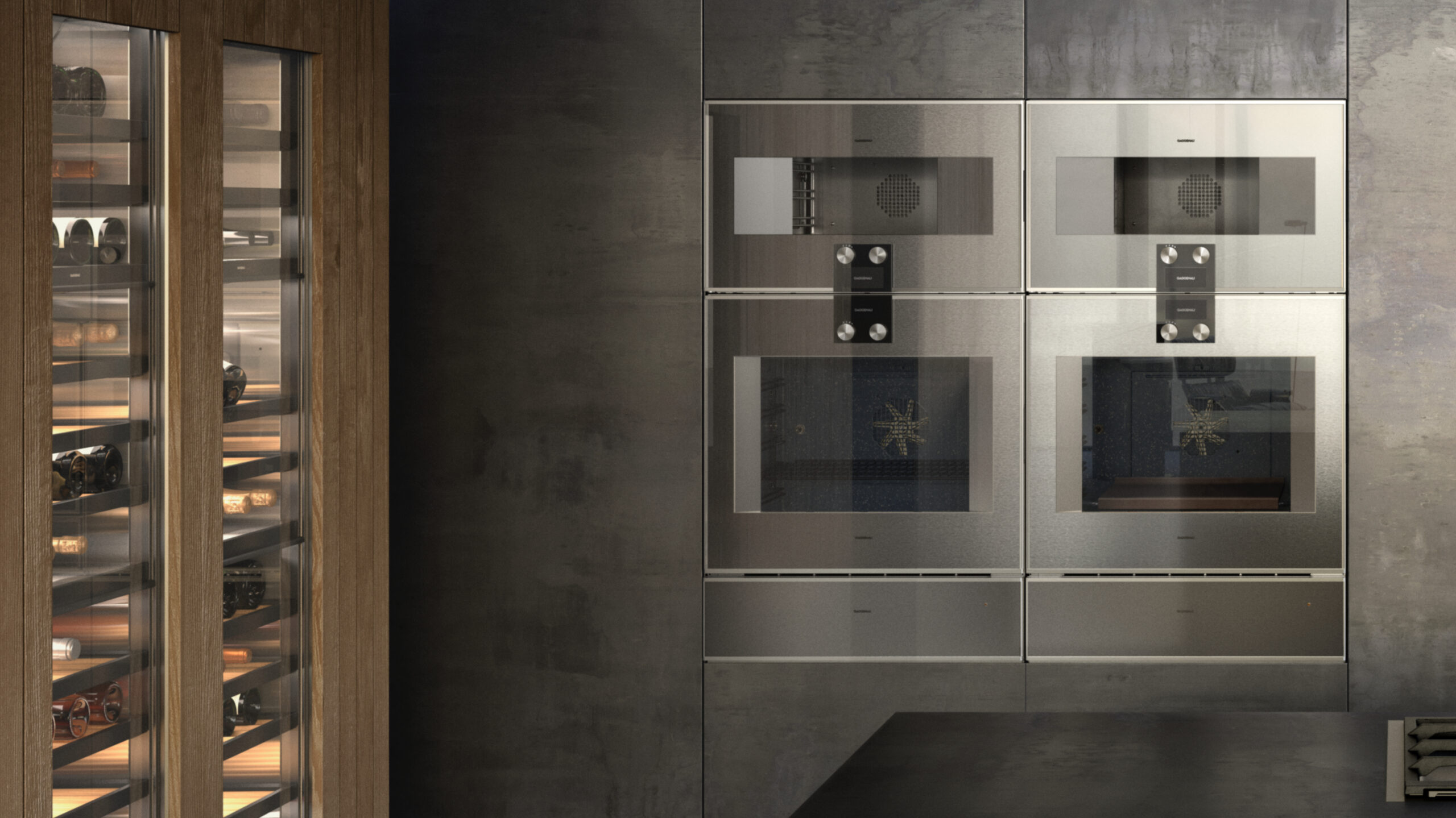
Choosing the right lighting for your kitchen space
Lighting throughout the house should be different in each room, as each room will likely have a different atmosphere, and different lighting will serve different purposes. Kitchen lighting should be both aesthetically pleasing but also practical and suitable for everyday use.
In this blog, our expert interior designers will cover things you should consider when you are lighting your kitchen, and also give some ideas that may work for your kitchen.
The temperature of the lighting
To begin with, it’s helpful to understand lighting and temperature options. Light bulbs usually range from 1,000 to 10,000, the lower the number the warmer the tones are, and the higher the number, the cooler the lights are. Although it may seem subtle, and whether it’s down to preference or necessity, the temperature of a bulb can make a real difference to the look and feel of a room.
Generally, when choosing the lighting for your kitchen, you need bright lights in order to be able to see what you are doing, however, whether you go for cool or warm tones should depend on the style and colouring of your kitchen. A general rule of thumb is that if you have wooden and traditional earthy tones on your kitchen counters and cabinets, warmer temperatures complement this well. Whereas, if you have a more modern feel to your space with lighter or white colourings, cool lighting complements this better. If you’re not able to decide yourself which lights you should choose for your kitchen, you can always consult with an expert.
When it comes to mixing lighting, it’s generally advised to stick to the same temperature lighting throughout one space. However, if you are going to mix the colour temperatures, this has to be done carefully and with purpose and ultimately, the mixture of lights shouldn’t need to be on at the same time. For example, if you have a kitchen dining area, perhaps your warmer accent lighting is switched on when your bright cooler task lighting is no longer being used. This will eliminate any clashes of colours.
There is also the option to install light dimmers that allow you to switch between different temperatures, which means, depending on what you are doing in the space and the environment you want to create, you can match the lighting to this.
Understand the different purposes of lighting
There are different types of lighting within a kitchen space which serve different purposes, these are general, accent and task lighting. Arguably, the most important would be task lighting. So, to begin with, think about how you use your kitchen. Where do you carry out your tasks? There may be multiple task areas, the most common will be the countertops and the sink. Some people also forget about cabinets and drawers, they are used just as much as the countertops but often aren’t given the same attention when it comes to task lighting. With task lighting, you need to make sure they are placed correctly so that your everyday life using your kitchen is seamless.
Once you have mastered your task lighting, you can work on your accent lighting, this is lighting that can draw attention to certain areas in the kitchen. For example, do you have artwork that you want to highlight or a seating area that could be illuminated? When it comes to accent lighting, you can have warmer or cooler temperatures than the rest of the lighting in the kitchen, however, remember not to have them on at the same time if they are clashing or uneasy on the eyes. Overall, accent lighting helps to layer lighting in the space, which can bring depth and texture to your space.
Once you have your task and accent lighting working well together, you can then add your general lighting. Although there shouldn’t be much need for more lighting, centrepiece lighting for more decorative purposes is usually where general kitchen lighting comes into place.
Maximise natural lighting
If you have natural lighting in your kitchen you should most definitely utilise this as much as possible, not only will you save money on your energy bills, but natural lighting makes any space more open and welcoming. Also, it doesn’t hurt that natural light is a serotonin booster!
Glass is your best friend here, if you have a kitchen that backs onto your back garden, having glass doors or large glass windows is the perfect option, a perfect example of this is in the bespoke kitchen at a property in London. However, make sure that the windows and door sizes are in proportion to your space, and that if you are tight on space, you aren’t compromising potential storage space.
If you are struggling with natural lighting, adding mirrored or glass panelling or tiles to certain parts of your kitchen, or having lighter work surfaces will enhance light reflection and help to open up the room.
In conclusion, choosing the right lighting for your kitchen is a crucial aspect of creating a functional and attractive space. Lighting enhances the ambience of a space, and a kitchen is a room that needs to be both functional and ambient. So, if you are updating the lighting solution for your kitchen, take the time to consider the above to suit your needs and preferences.
If you have any other questions, or if you’d like to book an appointment at our showroom, you can do so here.
Company Bio
Hi-Spec Design is a family-run interior design agency based in Chelsea, South West London. We specialise in bespoke kitchens and work with some of the best appliance manufacturers across Europe, this company is remembered by its customers for its unique and luxurious designs. Read more about our story here.






